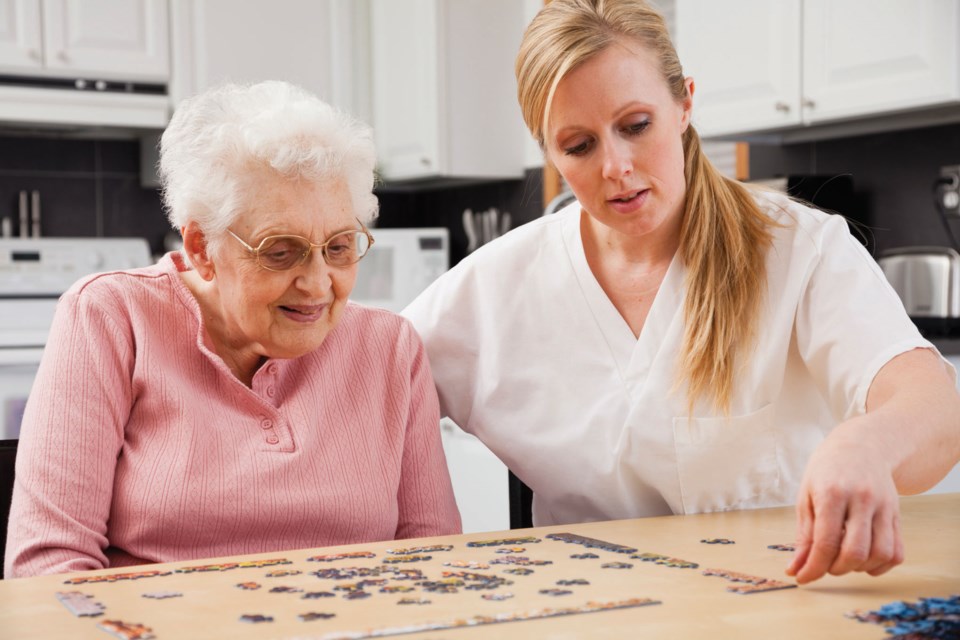My inspiration for this column comes from, of all places, Annie’s Mailbox, the advice column in the Honolulu Star Advertiser newspaper. Our subject — a caregiver at the end of his rope with Grandma — will resonate with many of my readers.
Here’s the scenario. Frustrated Charles is a live-in caretaker for his grandmother who is in failing health. Grandma is more naughty than nice and her five adult children want nothing more to do with her. Grandma is not very nice to Charles either and she has brought him to tears on many occasions. Charles has threatened to move out numerous times but worries that if he does, Grandma’s children would put her in an assisted living facility and sell the house out from under her. Charles is desperate and wants to know what he should do.
He could suffer on in silence but that’s really not a viable option.
Researchers have discovered that caregivers have a higher mortality rate than non-caregivers.
Does Grandma have money to pay a caregiver? Would her children be willing to help foot the bill? Charles could also check out seniors housing, including assisted living options.
The columnists tell Charles that he deserves a life. If the adult children won’t get more involved and Grandma chooses not to hire someone to live in the home, Charles should explore assisted living options for Grandma.
Charles can visit often and while Grandma will complain about the change, she will get used to it and may even come to like it.
That advice is helpful but putting a loved one in a care facility is a lot easier said than done.
My take? Grandma needs to make some friends. If you alienate everyone around you, you’ll wind up alone and that will greatly reduce your chance of being able to live independently. The lesson for Charles here is that we need to take care of ourselves before we can take care of others. Charles could join a caregiver’s support group and a few sessions with a mental health professional would also help.
I’ve spoken to numerous people over the years who promised they would never put a family member or a loved one in care and then found that changing circumstances forced them to do just that. Years later many of them continue to be haunted by that decision.
Life happens. Many families end up putting relatives in care because it is the best place for them to be. What you were saying to your family member when you made that promise was that you would never abandon them.
Your commitment to them now should be that you will always be there for them and only do what you believe to be in their best interest.
That’s a promise you can keep.
Tom Carney is the former executive director of the Lionsview Seniors’ Planning Society. Ideas for future columns are welcome. [email protected]



